|
|
|
|
|
|
|
|
August 11, 2022 | ISSUE 38 |
|
|
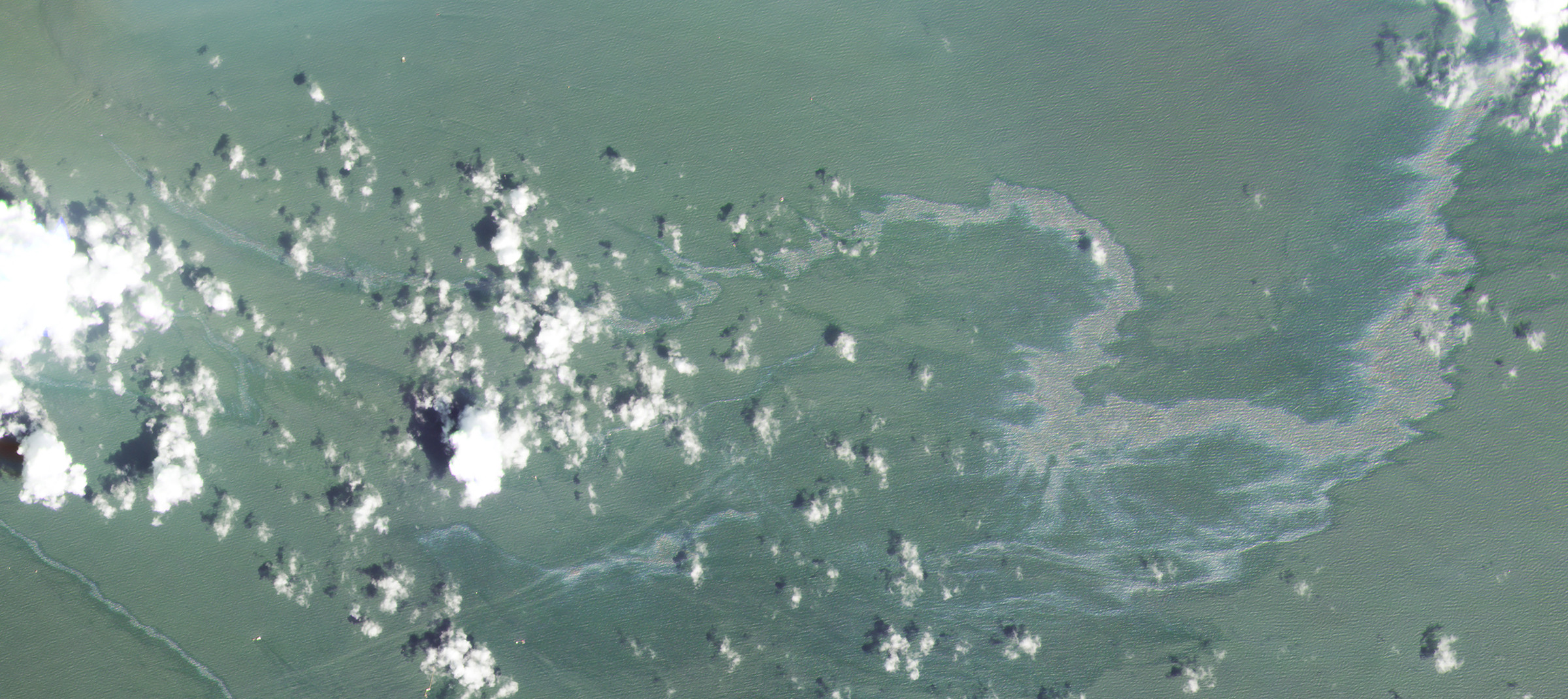 |
PlanetScope • Gulf of Mexico, near Louisiana, USA • September 2, 2021 |
In this week’s issue: Satellites capture and monitor oil spills; a volcano erupts again in Iceland; 200k people gather on a dairy farm in England; and a famous desert drainage basin is spotted in Nairobi.
|
|
|
|
|
FEATURED STORYOil Spills
Oil has both greased the industrial wheels of civilization and fueled the fire threatening to burn it all down. From one perspective, it’s liquid gold: the highly efficient, dense, and transportable energy that’s built the modern world. From another, it’s the non-renewable and politically volatile resource largely responsible for driving climate change. And when oil makes headlines, which it seems to do every day, the news is generally unpleasant.
This week we’re covering the part of the oil industry that’s most easily spotted from space and that poses a particularly acute hazard to life: spillage. Mistakes happen regularly in our incessant hurry to extract, refine, and transport oil across the world. And like an office worker power walking to catch a meeting with a brim-filled cup of coffee in hand, spills are inevitable.
|
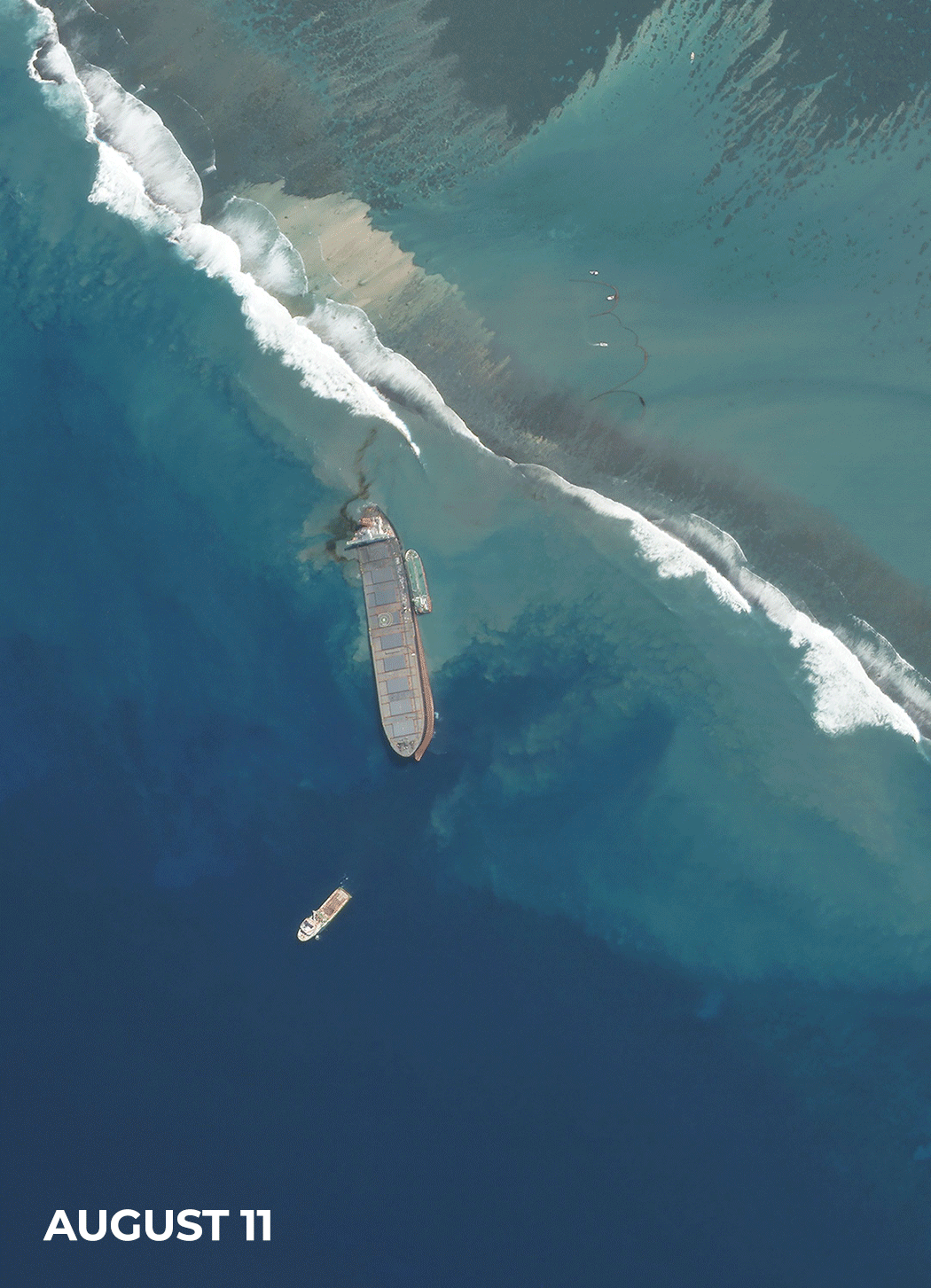 |
SkySat • Oil spill, Pointe d’Esny, Mauritius • August 11 - 17, 2020 |
There are thousands of oil spills in U.S. waters each year, though most are quite small. But spills—usually from a well, pipeline, train, or ship—can cause explosions and fires that hurt and kill people around it. And the spill itself contaminates the surrounding environment. To no surprise, this toxic pollution is detrimental to the human and animal populations dependent on the affected ecosystem. |
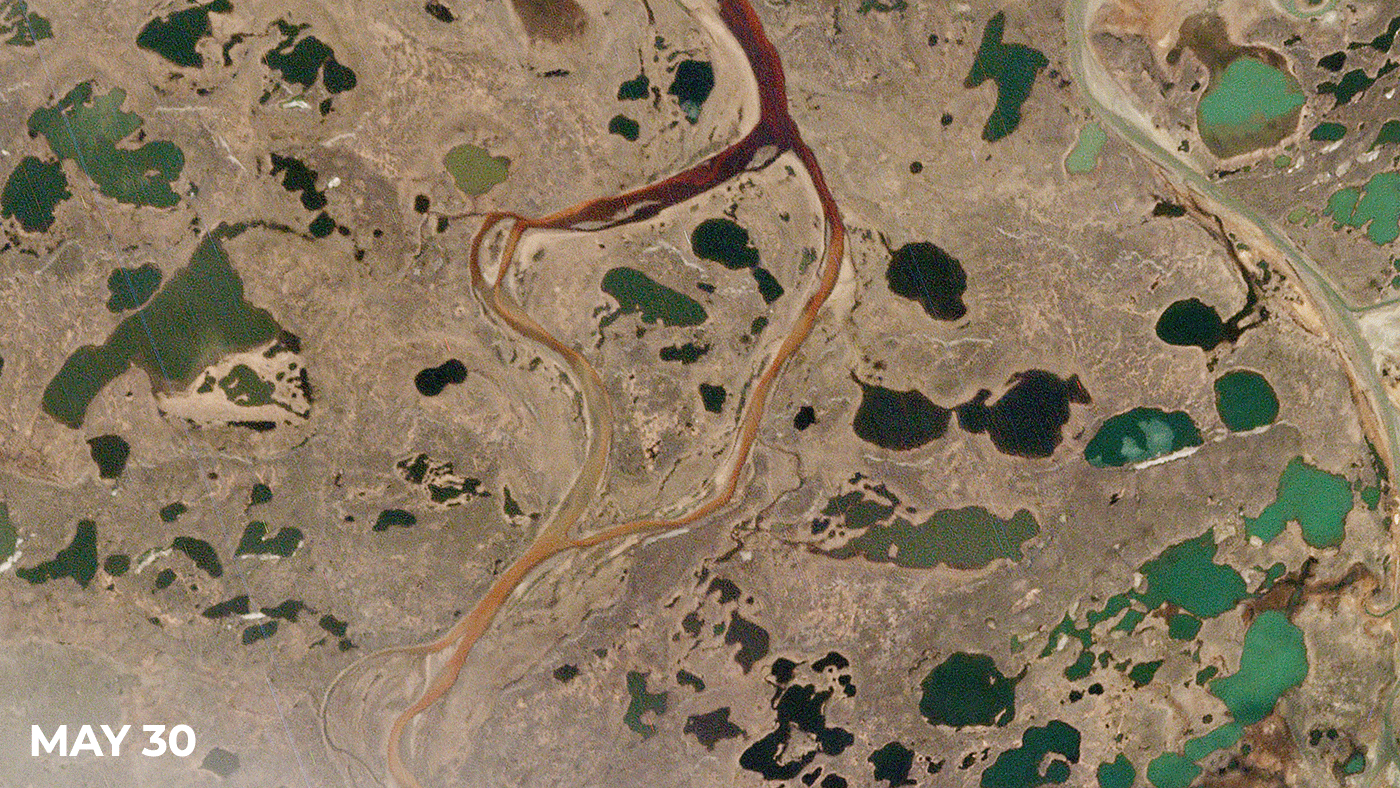 |
PlanetScope • Diesel oil spill, Norilsk, Russia • May 30 - June 13, 2020 |
Oil’s inky tendrils and slick, distinct sheen in water are dead giveaways for identifying spills from space. Over the years we’ve captured numerous spills, including the pipeline broken by Hurricane Ida in 2021 and the ongoing crisis at an oil storage facility in Cuba that has killed 1 and injured over 100 people after it caught fire from a lightning strike. |
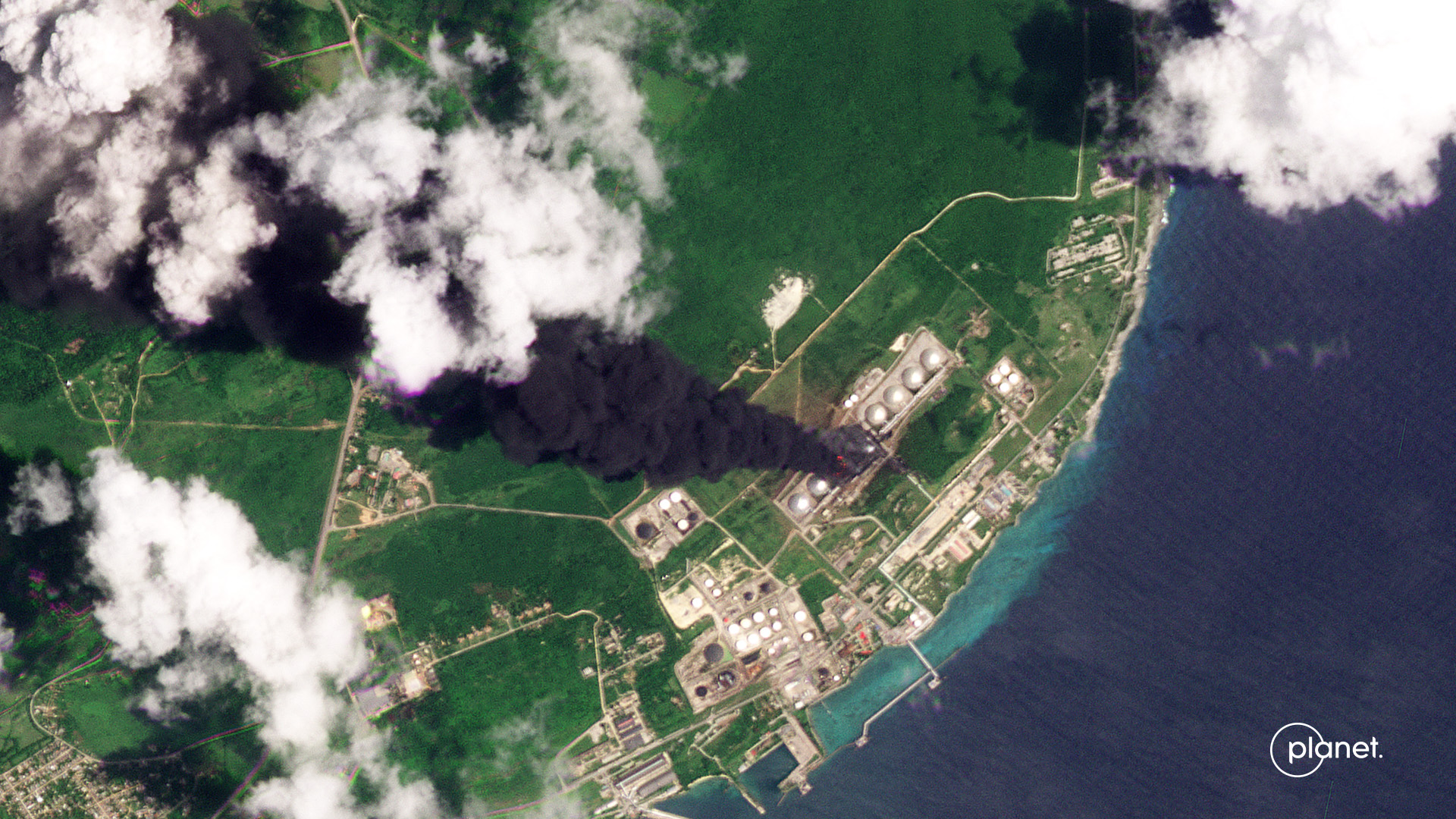 |
PlanetScope • Oil tank fire, Matanzas, Cuba • August 7, 2022 |
While both the number of oil spill events and the amount spilled has decreased over time, they’ll continue to harm people and ecosystems so long as we continue drilling and dealing. Various organizations are now using satellite data to monitor large areas of Earth’s surface to spot, monitor, and measure these incidents. Following the Taylor Energy oil spill, which lasted an astonishing 17 years, the National Oceanic and Atmospheric Administration (NOAA) uses satellites to keep an eye on offshore platforms in the Gulf of Mexico. |
 |
PlanetScope • Taylor Energy Oil Leak, Gulf of Mexico, near Louisiana • April 23 - 25, 2018 |
Open-source researchers at PAX are using satellites to keep track of environmental hazards borne from war. In a recent report, they investigated multiple oil spills from idle tankers off the coast of Yemen. In a recent Tweet, Wim Zwijnenburg—who we’ve interviewed for this newsletter before about this topic—outlines this pattern of abandoned and rusting ships leaking oil, thereby directly threatening environmental and public health. |
 |
Analysis by PAX • Imagery by Planet |
|
Ideally, oil would be kept deep and untouched in the ground. But until we figure out how to move the gears of industry without it, the reality is it’ll be around for a while. The least we can do is minimize how much oil we spill and work as efficiently as possible to clean it up when we do. |
 |
PlanetScope • Oil spill, Ancón, Peru • December 31, 2021 - January 18, 2022 |
Bonus satellite explainer: This 200,000 ton behemoth off the coast of Russia and Japan is the world’s largest oil rig. While that’s notable in itself, what’s happening in this image is also fascinating. The plume emanating from the rig is an example of a ship track, wherein water vapor condenses around particles from exhaust. Meaning the rig is essentially forming its own cloud. From space, this phenomenon is best seen when contrasted around other low-lying clouds. |
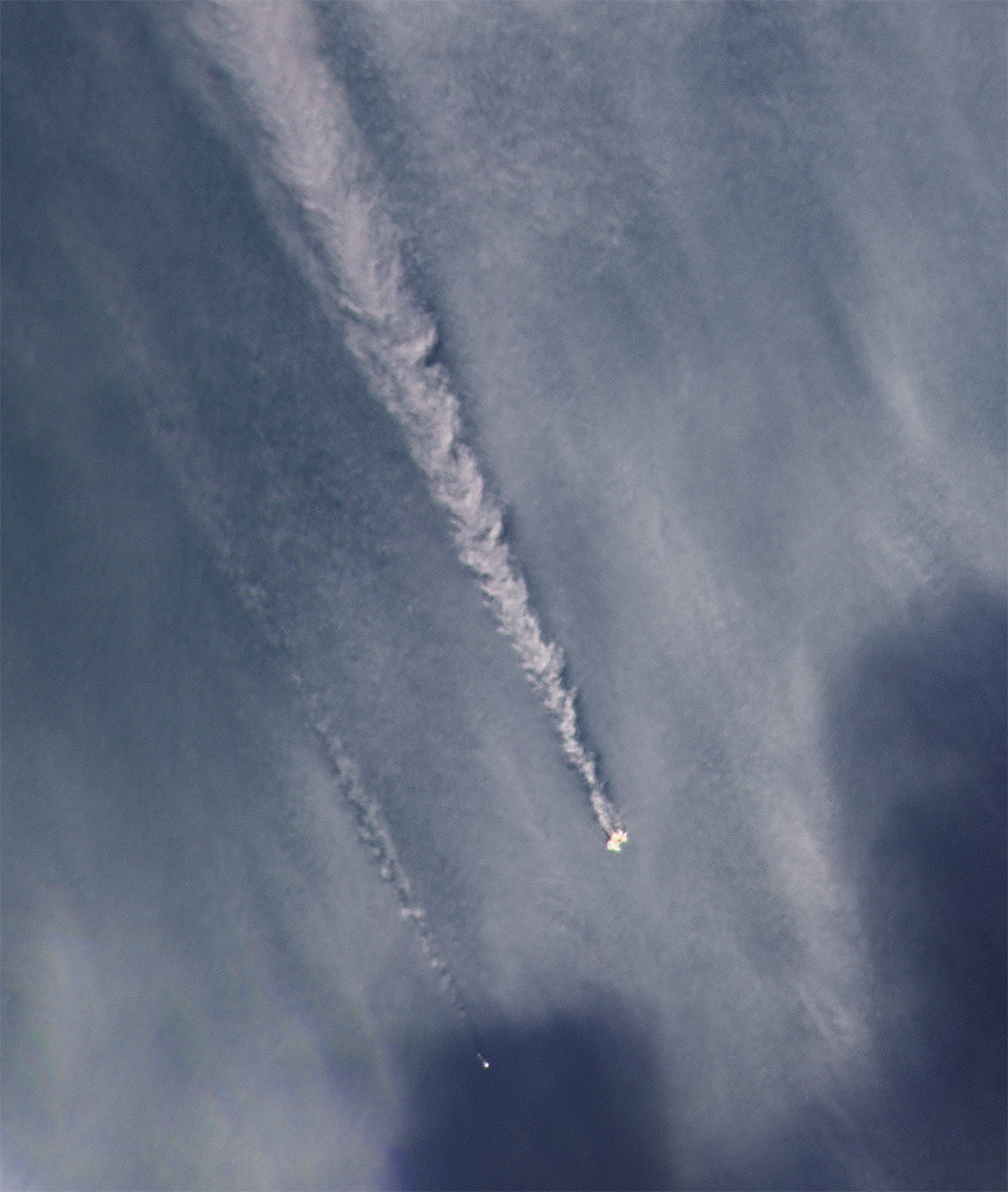 |
PlanetScope • Berkut Oil Rig, Sea of Okhotsk • July 24, 2022
|
|
|
|
|
|
|
|
|
Lava Land
Speaking of buried viscous liquids that emerge from Earth’s interior and threaten surface life when spilled… Iceland’s Fagradalsfjall volcano is erupting once again on the heels of a week of earthquakes in the area. Over the past week, scientists, photographers, and tourists have rushed to the lava like moths to a molten flame. |
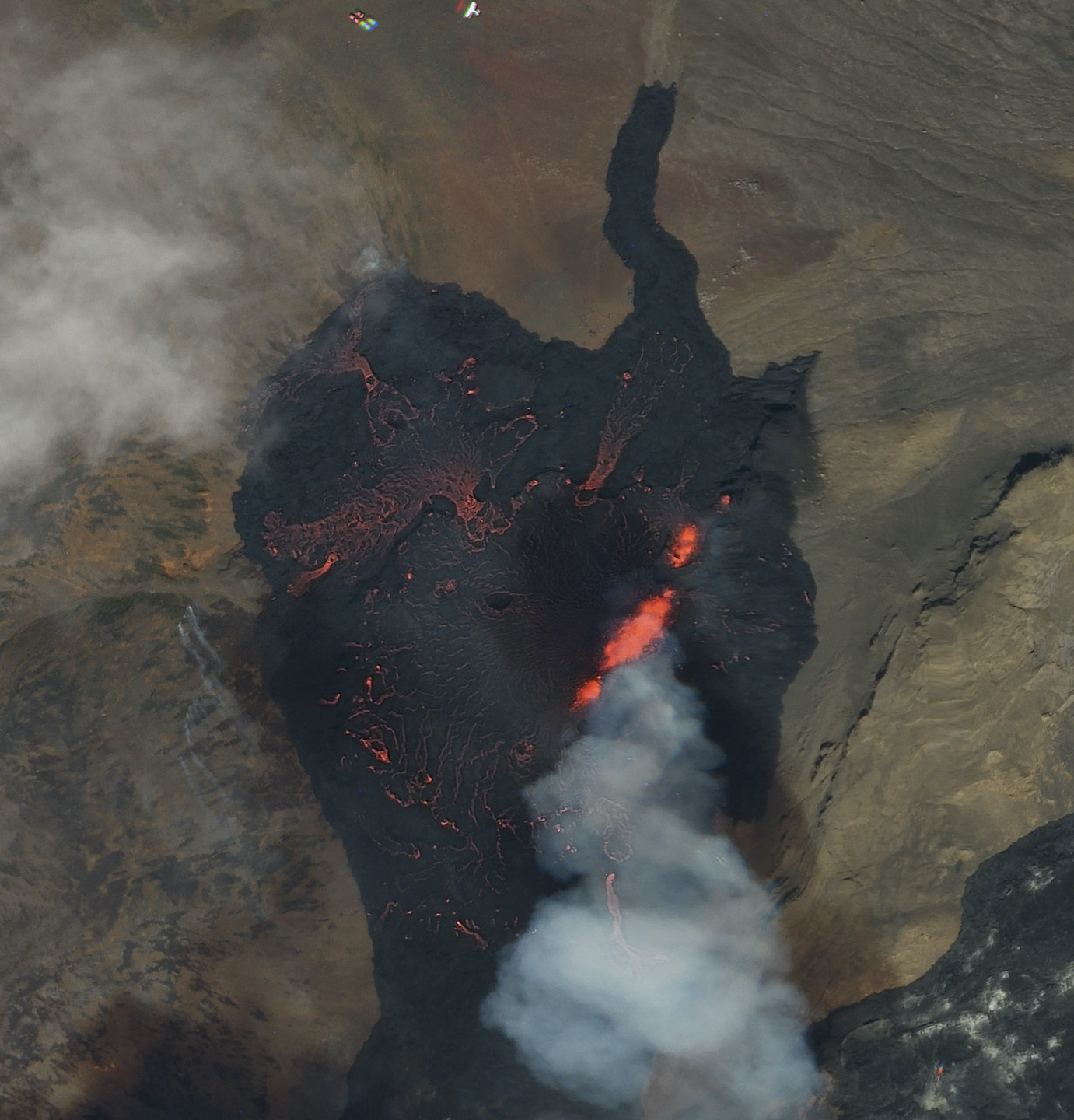 |
SkySat • Fagradalsfjall, Iceland • August 4, 2022 |
Iceland is no stranger to eruptions. The island is a hotspot for volcanic activity, making headlines in 2010 with an eruption that shut down flights in Europe for a week. Though this eruption at Fagradalsfjall is comparatively small, another outburst occurred at the site in March 2021. And some are speculating whether this frequency portends a new era of volcanic activity for the peninsula. We can’t speak on the likelihood of any trends, so for now we’re content watching incandescent lava trails gain purchase on the land. |
 |
SkySat • Fagradalsfjall, Iceland • March 26, 2021
|
|
|
|
|
|
Change of the Week: Death Valley
Another 1-in-1000-year event just occurred for seemingly the thousandth time this year. On August 5th, a deluge dropped nearly a year’s worth of rainfall on Death Valley, the driest place in North America. In just 3 hours, the desert received 1.46 inches (3.7 cm) of rainfall during a month that averages a total of 0.1 inches (0.25 cm). Dramatic changes to a section of the flooded Death Valley is shown here over the span of just 4 days. Climate change is making extreme weather events like these more common and is further stressing a region already marred by drought. |
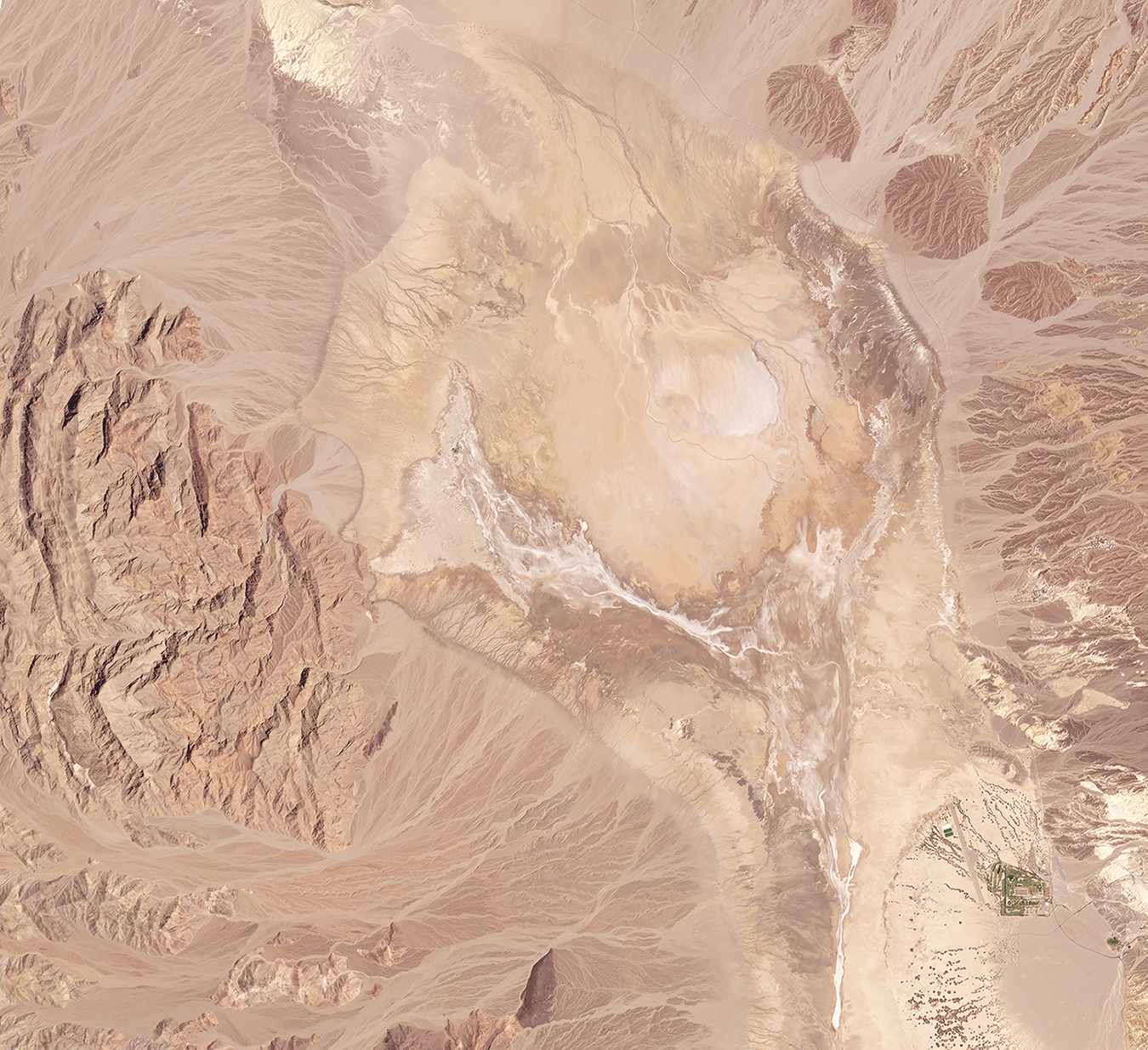 |
PlanetScope • Death Valley, California, USA • August 3 - 7, 2022, Namibia • July 16, 2022
|
|
|
|
|
|
|
|
Glastonbury Festival
Dairy farms typically have more cows than people. But for one week each year, this farm in the English countryside blows the cow-to-people ratio out of proportion. The Glastonbury Festival celebrated its 36th anniversary earlier this summer. The 5-day festival hosts a varied selection of contemporary performing arts, attracting a crowd that temporarily swells the population of Pilton, Somerset from below 1,000 to 200,000. |
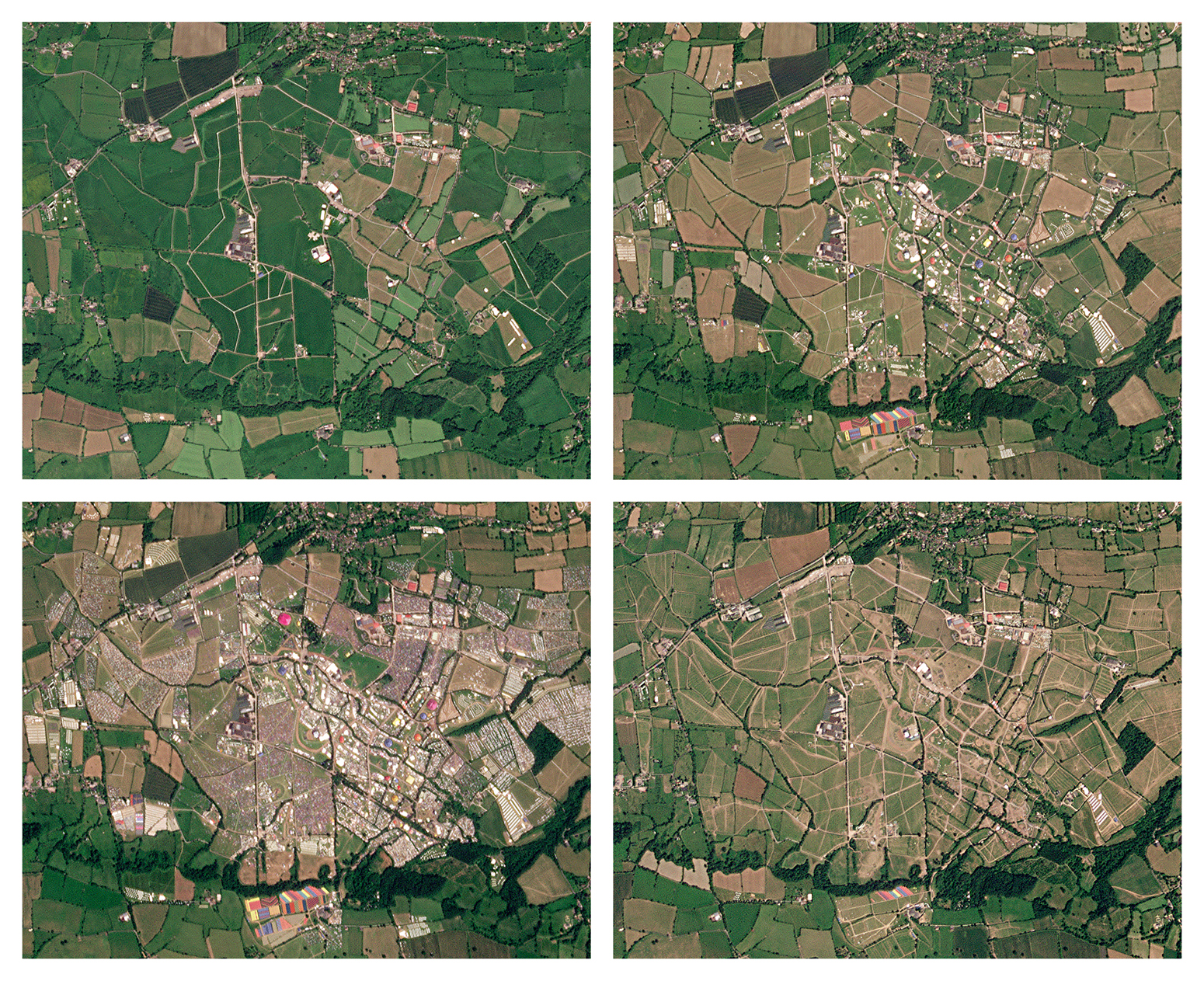 |
PlanetScope • Glastonbury Festival, Pilton, Somerset, England • May 27 - July 11, 2022 |
Michael Eavis founded the festival in 1970 and has hosted it on his farm ever since. These four satellite images show the farm’s progression as it moves from its baseline in May, to preparation on June 15th, to full swing festivities a week after that. A comparison from mid July then shows the impact the event has on the land. Michael schedules fallow years around 5-year intervals to give his farm and the community a reprieve from the heightened activity. |
 |
PlanetScope • Glastonbury Festival, Pilton, Somerset, England • May 27, June 15, June 22, July 11, 2022 |
|
|
|
|
|
|